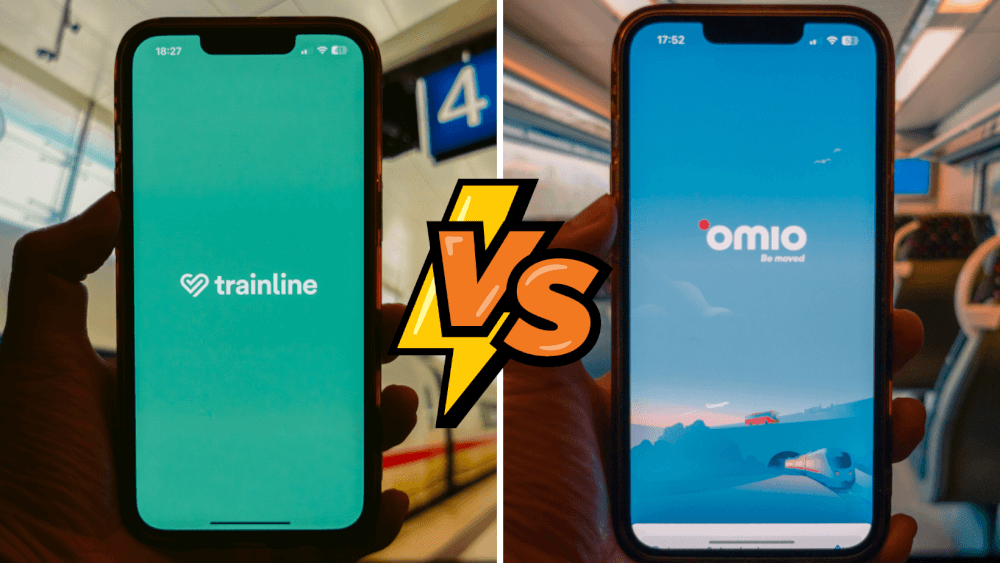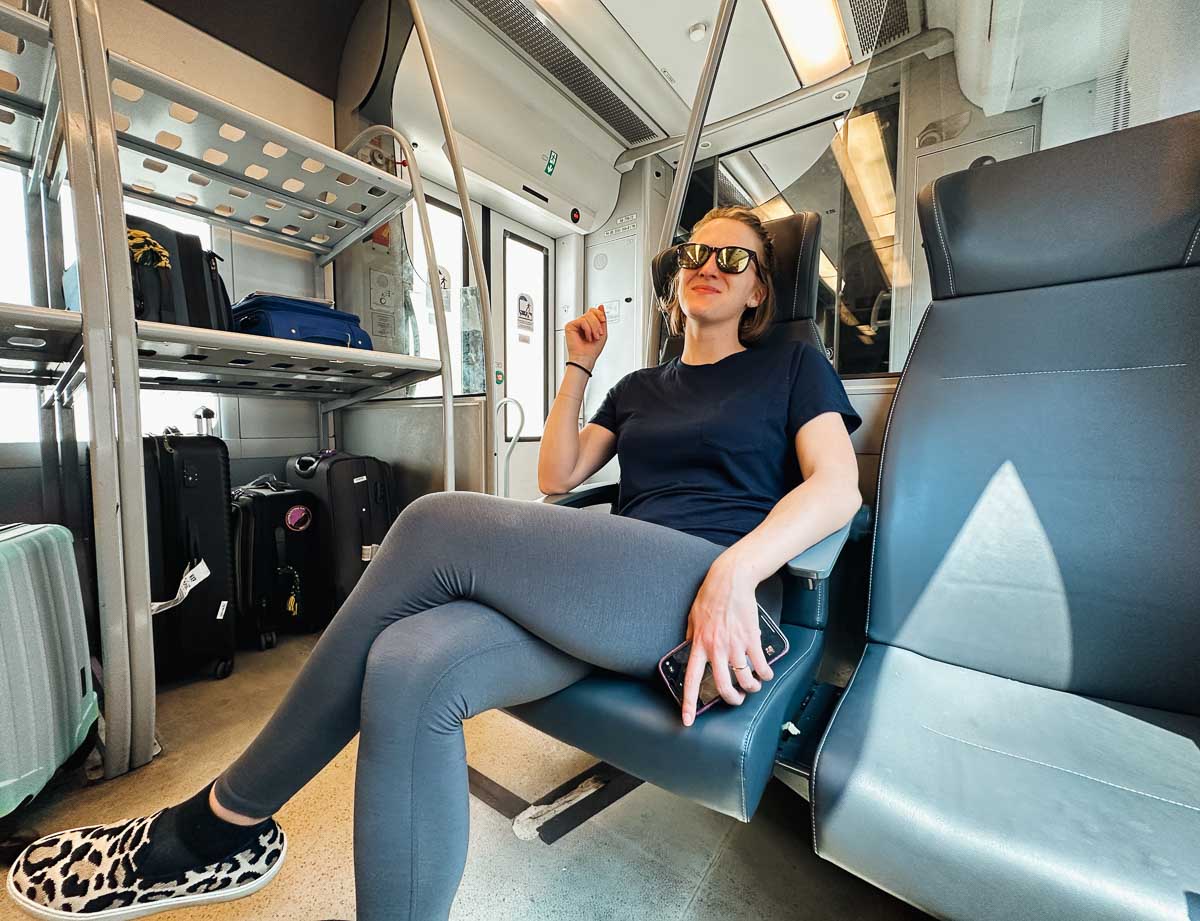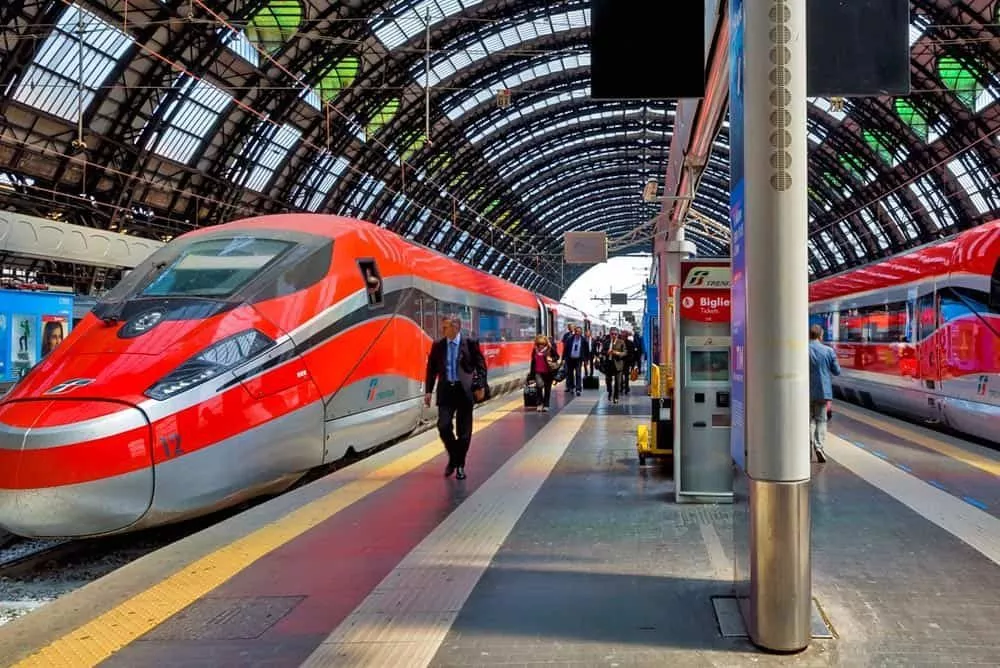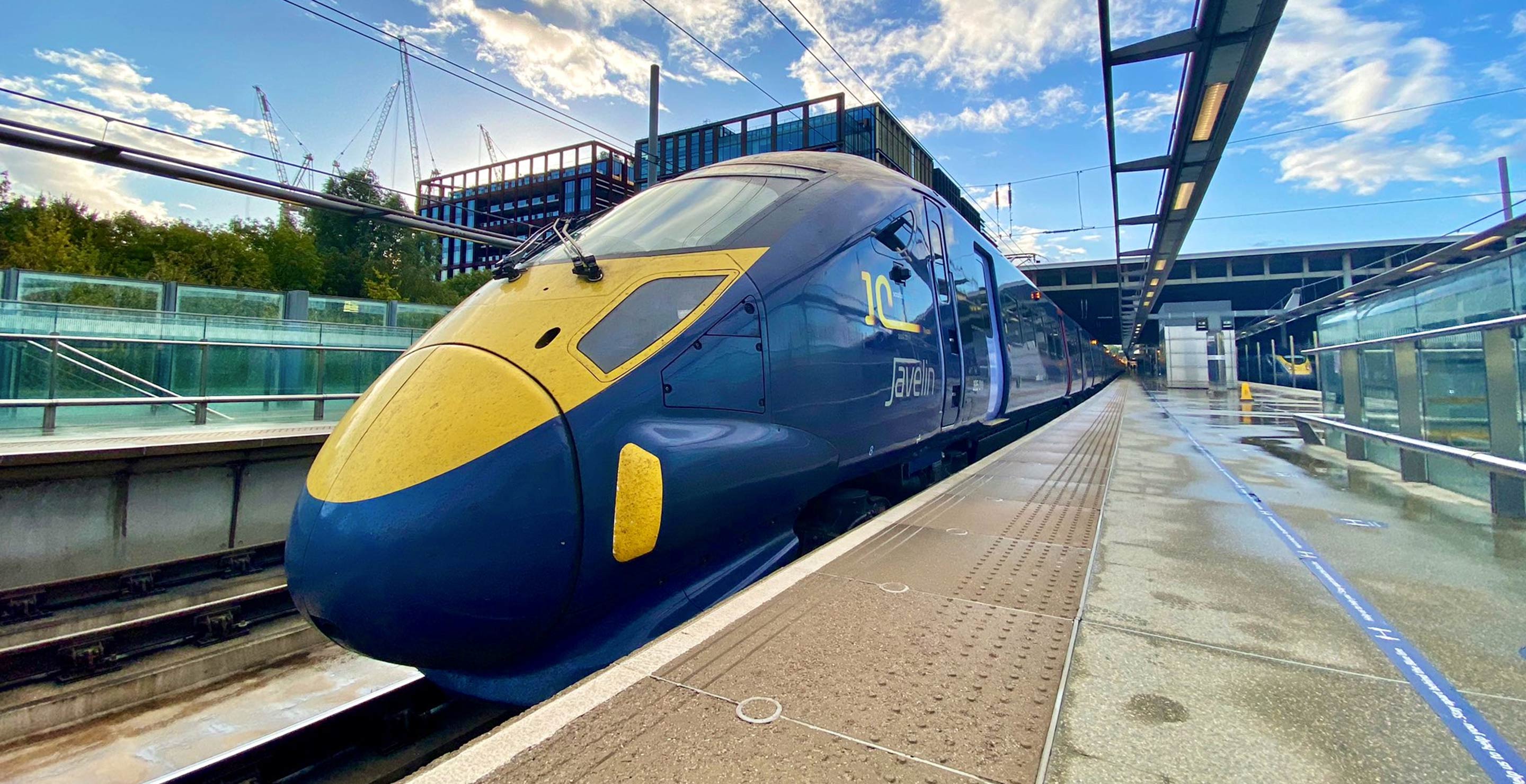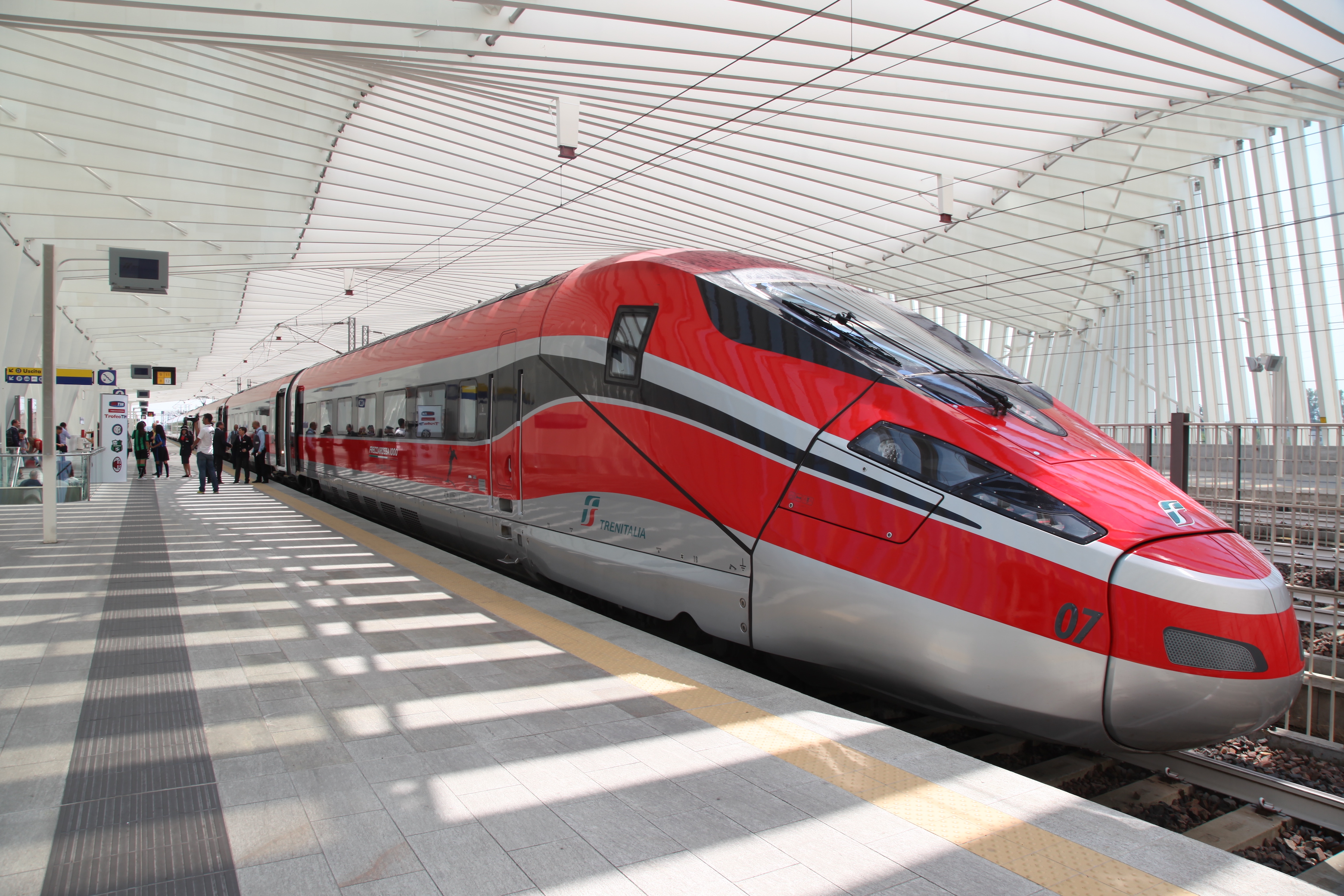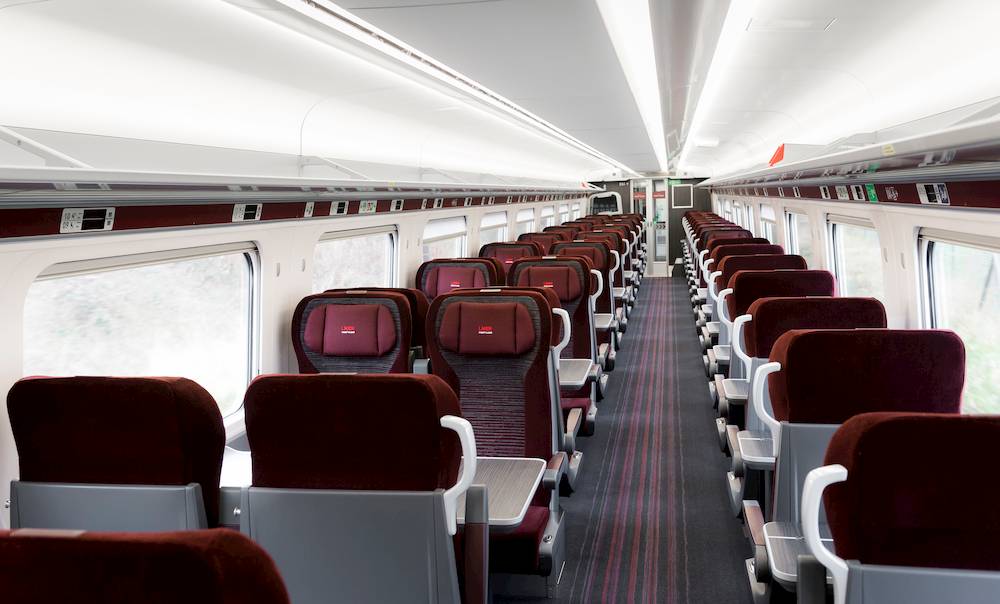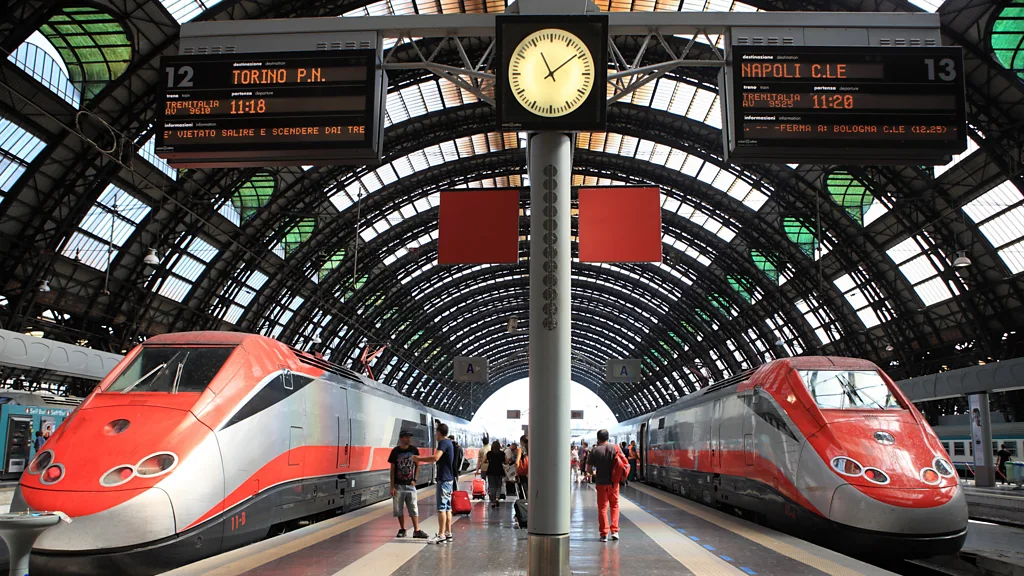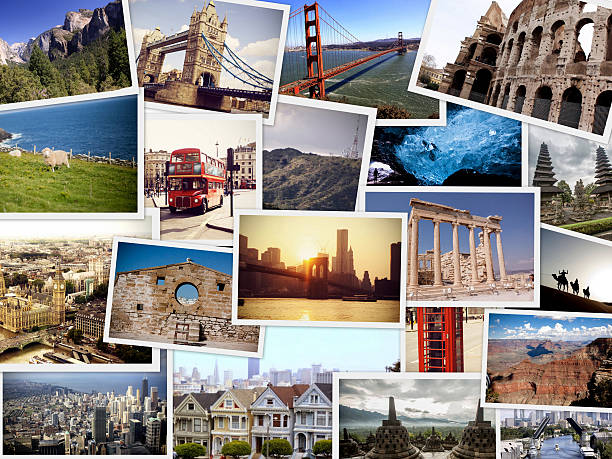Planning a train journey across Europe can be an exciting yet daunting task, especially with the myriad of booking options available. Among the most popular platforms for such travel are Trainline and Omio. Both are designed to simplify the booking process and offer unique advantages, but they also come with distinct differences that might make one more suitable than the other depending on your travel needs.
In this article, we delve into the details, comparing the pros and cons of each service to help you decide which platform will best enhance your travel experience.
Advantages of Trainline and Omio
Trainline is renowned for its comprehensive coverage, boasting access to rail and bus networks across 45 countries. It supports a seamless booking experience with features like fast booking for frequent travelers and instant mobile e-tickets. Technologically advanced, Trainline offers price predictions and real-time journey updates, making it a favorite for tech-savvy travelers. It also promotes sustainable travel with a carbon emissions tracker and provides extensive customer support in multiple languages.
Omio, on the other hand, stands out with its user-friendly platform that supports multiple languages, making it accessible to a broader audience. While its coverage isn’t as extensive as Trainline’s, it still offers significant train service options across Europe and North America. Omio excels in integrating different transport types, which is ideal for travelers planning multi-modal journeys. The platform facilitates easy comparison of various travel options and also offers mobile ticketing solutions. Like Trainline, Omio is committed to eco-friendly travel, providing eco-scores on some routes to help travelers make environmentally conscious decisions.
| Feature | Trainline Pros | Omio Pros |
|---|---|---|
| Coverage | Extensive coverage in 45 countries with multiple rail and bus operators. | Broad train coverage across Europe and North America, including rural areas. |
| User Interface | Intuitive design and user-friendly interface. | Easy-to-use platform available in multiple languages. |
| Booking and Tickets | Fast booking with stored info and instant e-tickets. | Efficient booking system with support for mobile tickets. |
| Technology | Advanced features like price prediction and real-time journey updates. | Comparative shopping tools and real-time travel alerts. |
| Cost-Effectiveness | Transparent pricing and access to multiple rail cards and discounts. | Regular promotions and clear pricing with no hidden fees. |
| Sustainability | Carbon emissions tracker and promotion of eco-friendly travel. | Eco-scores to help choose greener transport options. |
| Customer Support | Multilingual support and comprehensive help resources. | Accessible customer service with extensive support options. |
| Additional Services | Offers bus tickets and features for business accounts. | Integration with other transport types like buses and flights. |
| Accessibility | Detailed accessibility information and services. | Offers assistance for passengers with disabilities. |
Disadvantages of Trainline and Omio
Despite their many benefits, both platforms have areas where they might not meet everyone’s expectations. Trainline‘s services are primarily focused on European markets, which might be a limitation for users seeking global options. Additionally, it can sometimes have higher fees compared to direct booking options. Omio also has its limitations, particularly in the variety of loyalty benefits, which may deter frequent travelers. Its service coverage, though extensive, is not as broad as some global travel platforms, and it offers fewer travel planning tools like price predictions.
| Feature | Trainline Cons | Omio Cons |
|---|---|---|
| Market Focus | Primarily focused on European markets. | May have limited options outside major European and North American routes. |
| Fees | Possible higher fees compared to direct booking options. | Fewer loyalty benefits which might be less attractive to frequent travelers. |
| Special Features | Limited in providing global travel options beyond trains and buses. | Less emphasis on extra travel planning tools like price prediction. |
| Geographical Limitations | Limited reach beyond Europe in terms of local partnerships. | Coverage not as extensive as some global travel platforms. |
| Service Diversity | May not offer as many additional travel-related services. | Integration with air travel and other modes might not be as detailed as specialized platforms. |
Mobile App Comparison: Omio vs. Trainline
When it comes to booking travel on the go, a strong mobile app experience is non-negotiable.
Trainline’s Mobile App is highly rated on both iOS and Android. It’s designed for frequent travelers who value speed and real-time updates. You can store your favorite routes, save your payment info for one-click booking, and even receive alerts about delays or platform changes. The in-app train tracker is a standout, offering live information about your journey—down to platform numbers and real-time location updates. You can also access mobile tickets even when offline.
Omio’s App, in contrast, shines in its multi-modal integration. The app lets users view train, bus, and flight options for the same journey, all in a single search. It’s incredibly beginner-friendly, especially for users unfamiliar with European transport systems. Its clean UI and multilingual support are big pluses for international travelers. However, real-time updates aren’t as in-depth as Trainline’s.
Verdict: If your travel involves complex routes with various transportation methods, Omio’s app is a better fit. For rail-first travelers who want detailed journey information and fast booking, Trainline takes the lead.
Booking Flexibility and Refund Policies
Both platforms allow you to cancel and modify bookings, but the flexibility varies depending on the operator.
Trainline offers a “Refund & Exchange” filter during the search process, which helps you choose flexible tickets. It also provides detailed refund policies depending on the operator—whether it’s Deutsche Bahn, SNCF, Trenitalia, or others. In some cases, refunds can be processed directly within the app or website without needing to contact customer service. The ease of use is excellent, but the refund terms are operator-driven.
Omio also lets you book flexible tickets and provides refund details, but it often redirects you to the carrier’s site to process cancellations or modifications. This might be slightly inconvenient for users seeking a seamless experience entirely within one platform.
Verdict: Trainline edges out Omio in this area thanks to its integrated refund tools and user control over cancellations.
Hidden Fees and Pricing Transparency
A key concern for many travelers is the presence of hidden fees or commissions that drive up the final ticket price.
Trainline is mostly transparent but does charge small service fees on some tickets. These are clearly displayed at checkout, and users can often avoid them by using rail cards or booking specific fare types.
Omio prides itself on “no hidden fees,” though it does include service charges in some bookings—especially for flights or cross-border trips. The price you see on the search result is usually the price you pay, and Omio also offers promo codes from time to time, especially for new users.
Verdict: Both platforms are relatively transparent, but savvy travelers should always compare prices with the official railway websites to check for savings.
Best for First-Time Travelers
Omio is a better fit for casual or first-time travelers in Europe. Its biggest strength lies in simplifying a potentially overwhelming process. It automatically displays the best transport mode for your trip—train, bus, or flight—and shows journey duration, price, and departure times side by side.
For those who don’t know whether a train from Paris to Amsterdam is better than a cheap flight or overnight bus, Omio’s user interface simplifies this decision.
Trainline, however, assumes a bit more familiarity with European train travel. It’s perfect for those who know the specific stations or train companies they want to book with. Features like price predictions, loyalty card integration, and route customizations appeal more to seasoned travelers or frequent commuters.
Verdict: Omio wins for first-timers looking for simplicity. Trainline is ideal for experienced travelers who want deeper control and more data.
Unique Features Comparison
Here are some exclusive features each platform offers that could sway your decision:
Notable Features on Trainline:
Split Ticketing: Trainline automatically checks if splitting your journey into smaller legs saves money.
Loyalty Card Integration: Enter your railcard once, and it applies discounts across all relevant bookings.
Carbon Emissions Tracking: Shows estimated CO₂ emissions per journey to promote greener travel.
Business Travel Services: Ideal for corporate users looking to manage multiple travelers or business expenses.
Notable Features on Omio:
Multi-modal Transport Booking: Combine bus, train, and flight options in one simple itinerary.
Multi-currency Payments: Omio supports a wide variety of currencies, ideal for international travelers.
Multi-language Interface: Available in over 20 languages, making it accessible worldwide.
Promotional Offers: Regular new-user discounts and seasonal campaigns.
Verdict: Trainline offers more for frequent users and those seeking granular control. Omio provides simplicity, variety, and accessibility.
Customer Support Experience
Trainline has invested in its multilingual help center, FAQs, and live chat support. Users can also contact them via social media or email. The response time is usually fast, and their knowledge base is extensive.
Omio also offers multilingual customer service but often relies on help articles and email responses for detailed issues. Response times vary depending on volume, though they do have a solid reputation for support.
Verdict: Trainline wins in customer support for its speed, resources, and responsiveness.
User Testimonials and Reviews
On platforms like Trustpilot, Trainline has garnered high praise for its ease of use, mobile functionality, and reliability. Common complaints include minor issues with refunds and higher prices for some journeys compared to booking directly.
Omio, while also well-reviewed, has slightly more mixed feedback. Users appreciate its all-in-one search functionality but occasionally report pricing mismatches or booking confirmations being delayed, particularly for flights or multi-leg trips.
Verdict: Trainline scores slightly higher in consistent satisfaction, especially among frequent users.
Who Should Use Trainline?
You should consider using Trainline if you:
Travel frequently within Europe and want access to advanced tools.
Need real-time travel updates and platform changes.
Want to take advantage of loyalty programs or railcard discounts.
Prefer booking directly with major European rail operators.
Appreciate mobile-first, tech-advanced booking experiences.
Who Should Use Omio?
You should use Omio if you:
Are traveling across different countries and need to compare transport types.
Want an easy-to-use interface in your native language.
Are booking once or twice and want a simple experience.
Need to see flight vs. train vs. bus options in one place.
Are a tourist exploring multiple cities in Europe or North America.
Bonus Tips: How to Save Even More with These Platforms
Check Railcard Integrations: Especially on Trainline, inserting your railcard details can save 30% or more on fares.
Use Promo Codes: Omio regularly offers first-time user discounts—check their homepage banners or sign up for the newsletter.
Compare with Operators: Sometimes, booking directly with Deutsche Bahn, SNCF, or Italo may be marginally cheaper.
Use Split Tickets: This Trainline feature helps you hack the system for lower prices on longer routes.
Book Early: Both platforms often display lower fares for early bookings, particularly on high-speed or international trains.
Our Verdict – Omio Or Trainline?
Choosing between Trainline and Omio ultimately depends on your specific travel preferences and needs.
Trainline is possibly more suited for those who value extensive network coverage, technological sophistication, and a commitment to sustainability.
Meanwhile, Omio could be the better choice for travelers looking for ease of use, efficient integration of multiple transport types, and frequent promotional offers.
Both platforms are competent in their offerings and have proven to be invaluable tools for modern travelers exploring Europe. Whether you prioritize technology, cost-effectiveness, or convenience, analyzing these factors will guide you to the best platform for your upcoming adventures
